Our Laboratory and Facilities
The Aero-Acoustics Research (A-AR) group works with some of the Carleton University wind tunnel facilities. These facilities have been funded and changed over time to create the conditions to advance aeroacoustics research.
High-Speed Wind Tunnel (HSWT)
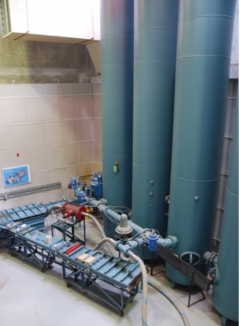
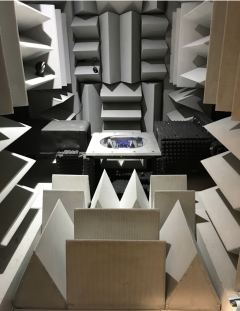
This unique facility is an intermittent, blowdown wind tunnel facility. The tunnel operates using compressed air which is delivered by a large compressor in an isolated room. The air supply is pumped through an air dryer to remove any moisture content before being supplied to four large reservoir tanks.
The high-pressure air is then passed through the nozzle at speeds that can reach transonic and supersonic speeds (up to Mach 1.4). Flow through the wind tunnel is achieved by discharging the tanks in a controlled manner through two separate valves. The first valve is a safety valve in which the operator has the ability to open or close at any time in the control room. The second valve is a control valve that is operated by a feedback controller which uses measurements of total and static pressure inside the test section to control the opening of the valve to govern constant flow conditions throughout the tunnel as the air is expelled from the tanks.
The HSWT at Carleton University is equipped with an anechoic test chamber, which enables the proper environment for aeroacoustics research. Flow is delivered from a nozzle to the test section enclosed within the anechoic chamber. Over the years, AAR has completed the design and fabrication of all major wind tunnel components, including the transition channel, settling chamber, nozzle, and exhaust system. The aeroacoustic test section is 2.8 m in width and 1.842 m in depth. The chamber walls are designed with standardized acoustic panels which are 10.16 cm thick and contain fibreglass insulation to help attenuate background noise levels inside the chamber. The total height inside the chamber, from the floor to the ceiling wedge tips, is 1.95 m. Commercial passenger aircraft operate just below the speed of sound, which generates a large amount of environmental and wind noise. Through the HSWT facility, our research team is able to develop a better understanding of aerodynamic performance and noise production in aircraft.
Low-Speed Wind Tunnel (LSWT)
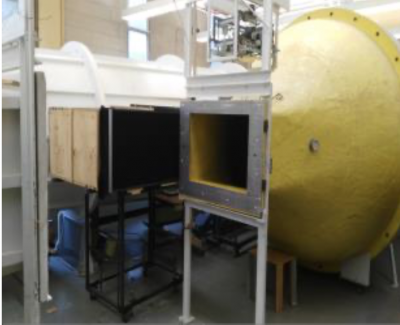
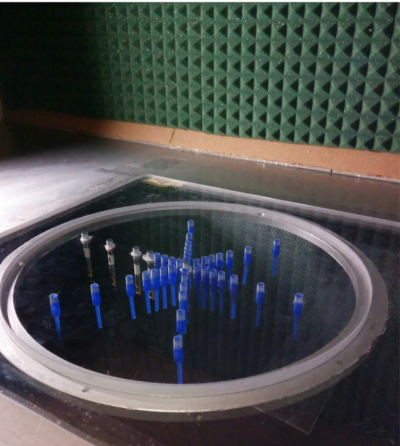
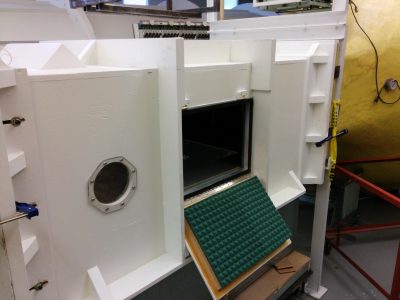
The LSWT is a closed-loop continuous flow, fan-driven system wind tunnel facility operated using a digital control unit, with a maximum flow speed of approximately 55 m/s. The airflow is powered by a 37.3 kW (50 HP) variable-speed DC motor driving a 1.2 m axial propeller. A series of turbulence grids precede a 9:1 contraction, which reduces the turbulence intensity levels in the centre of the test section to less than 0.27%. The airflow is accelerated through the contraction into a custom, noise-reduction aeroacoustic chamber. The upper and side sections are lined with acoustic foam to reduce the intensity of the acoustic signatures from the wind tunnel motor and its controller within the test section.